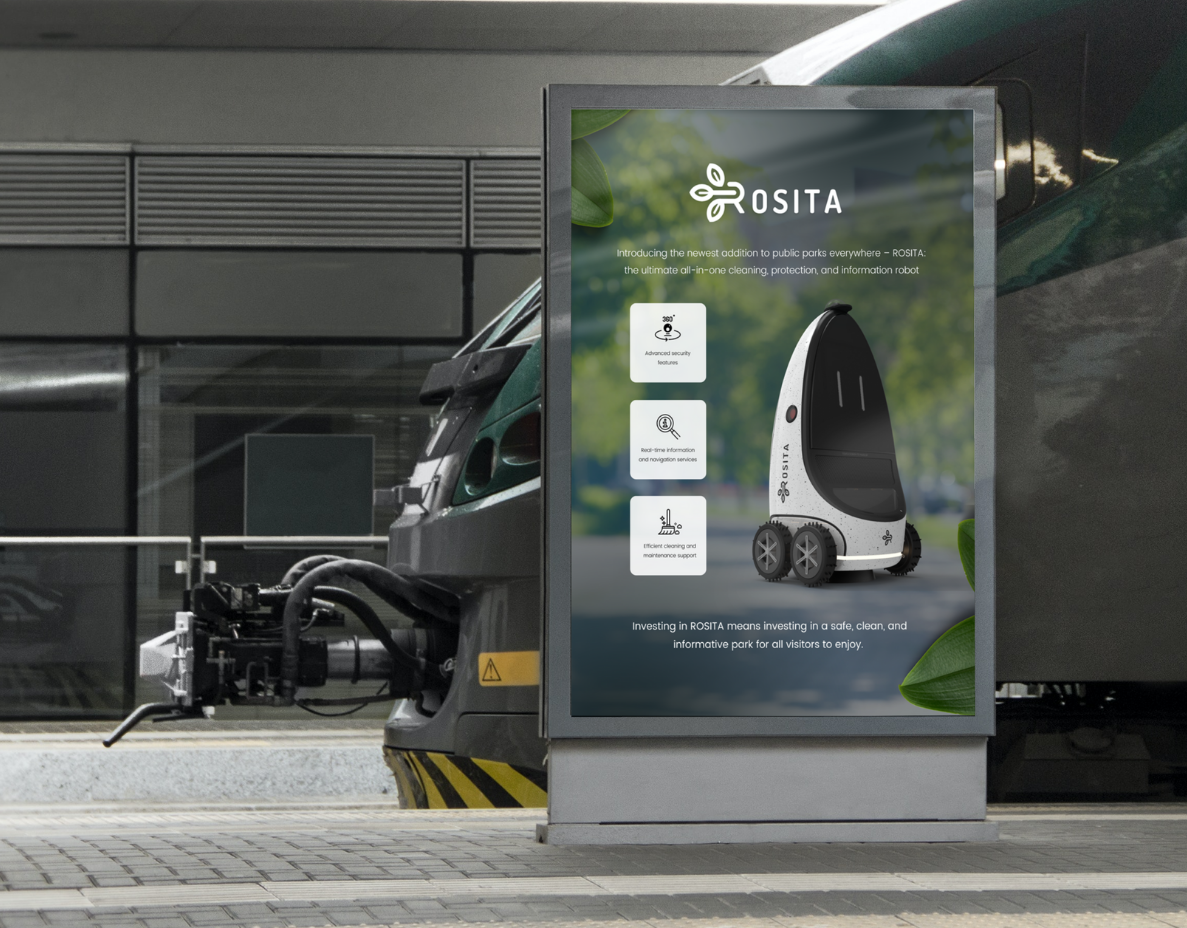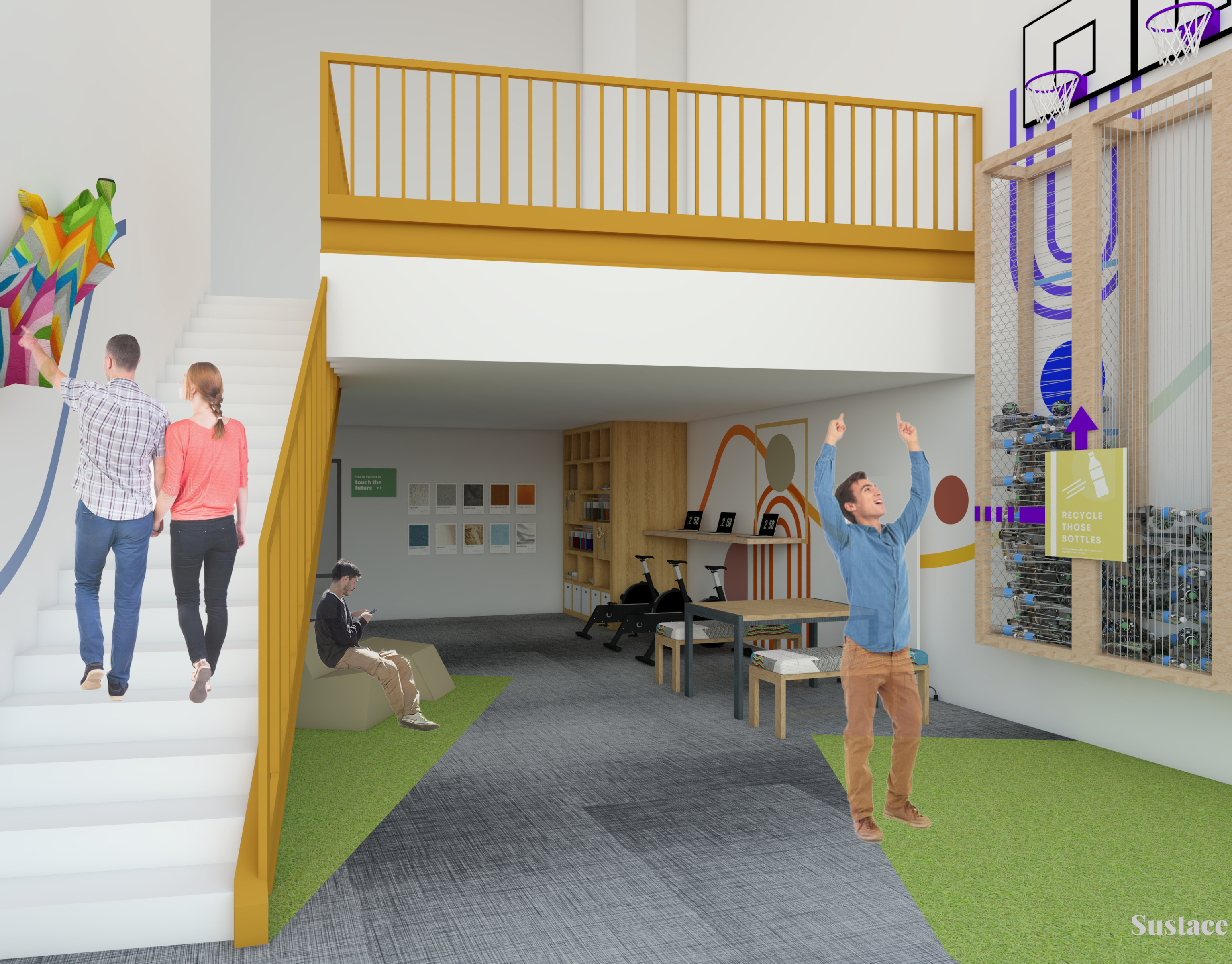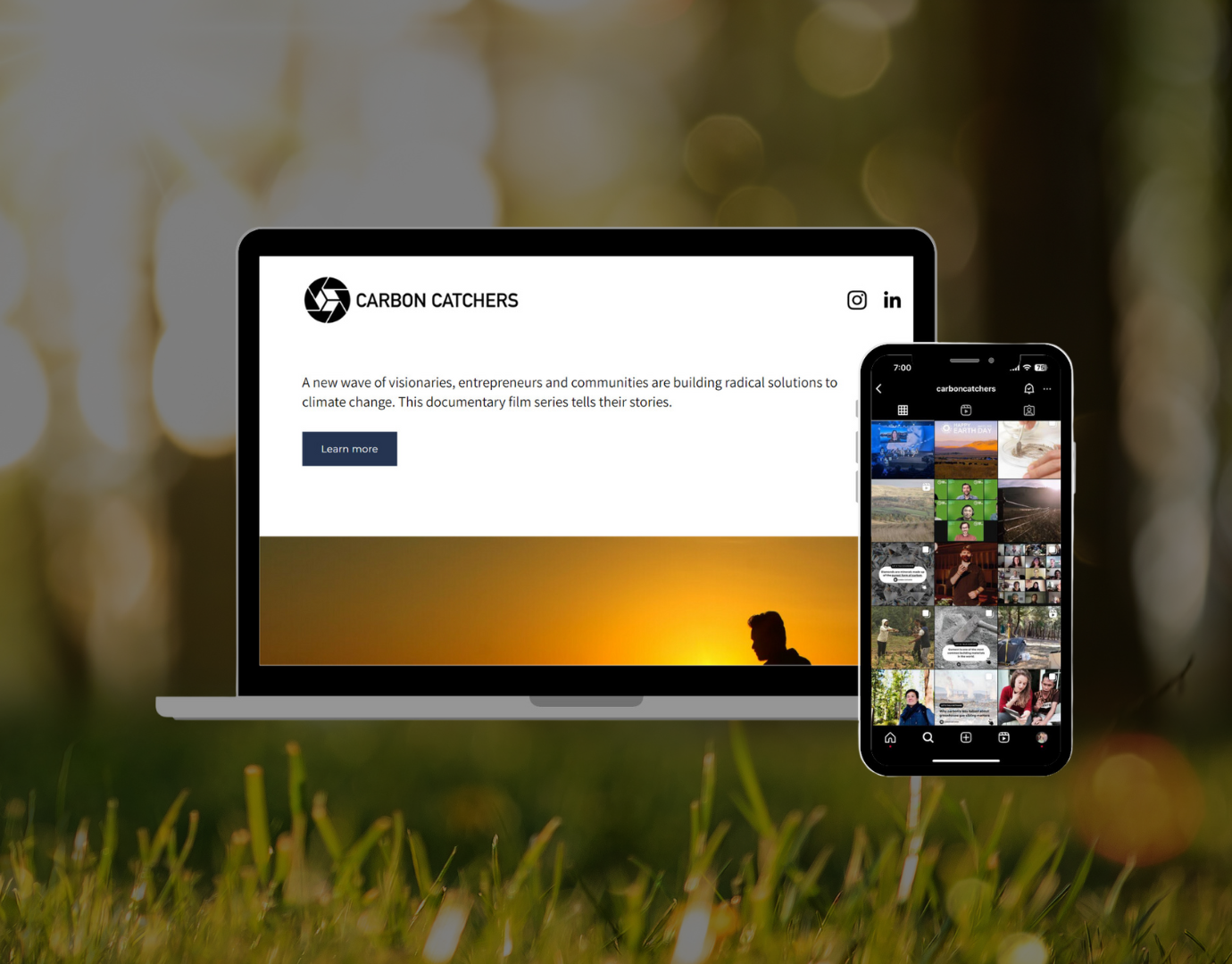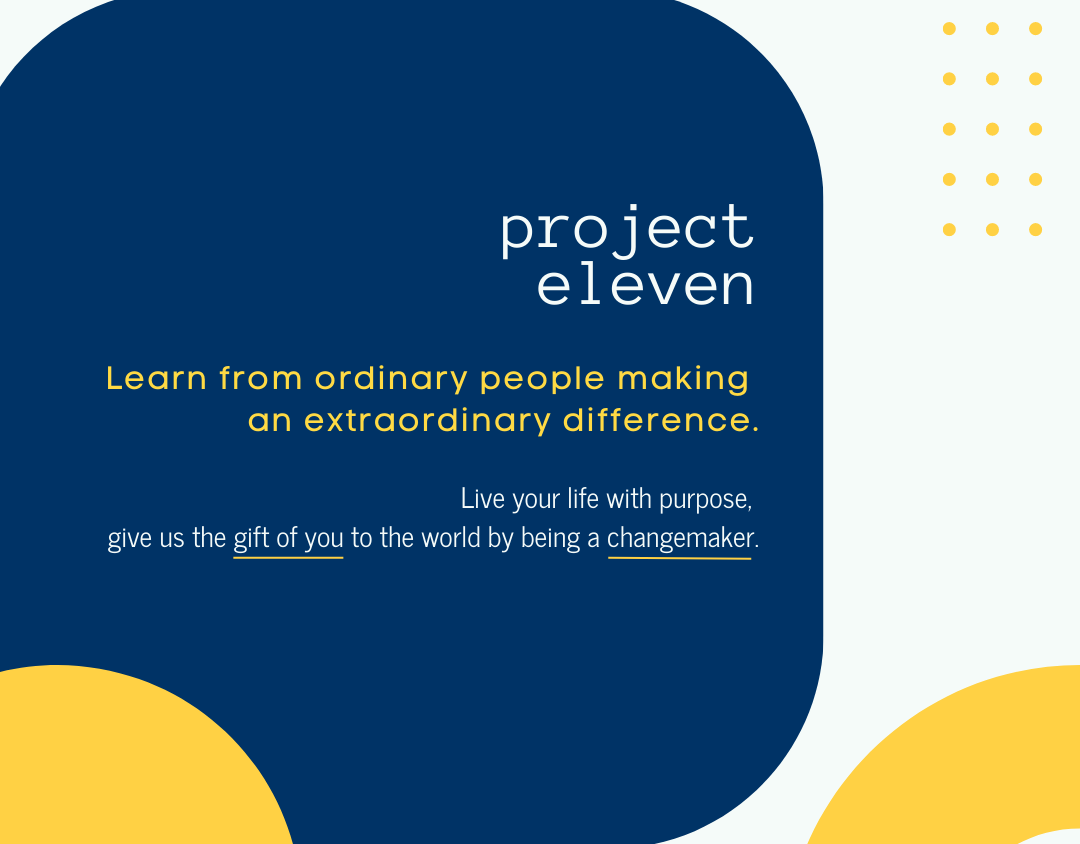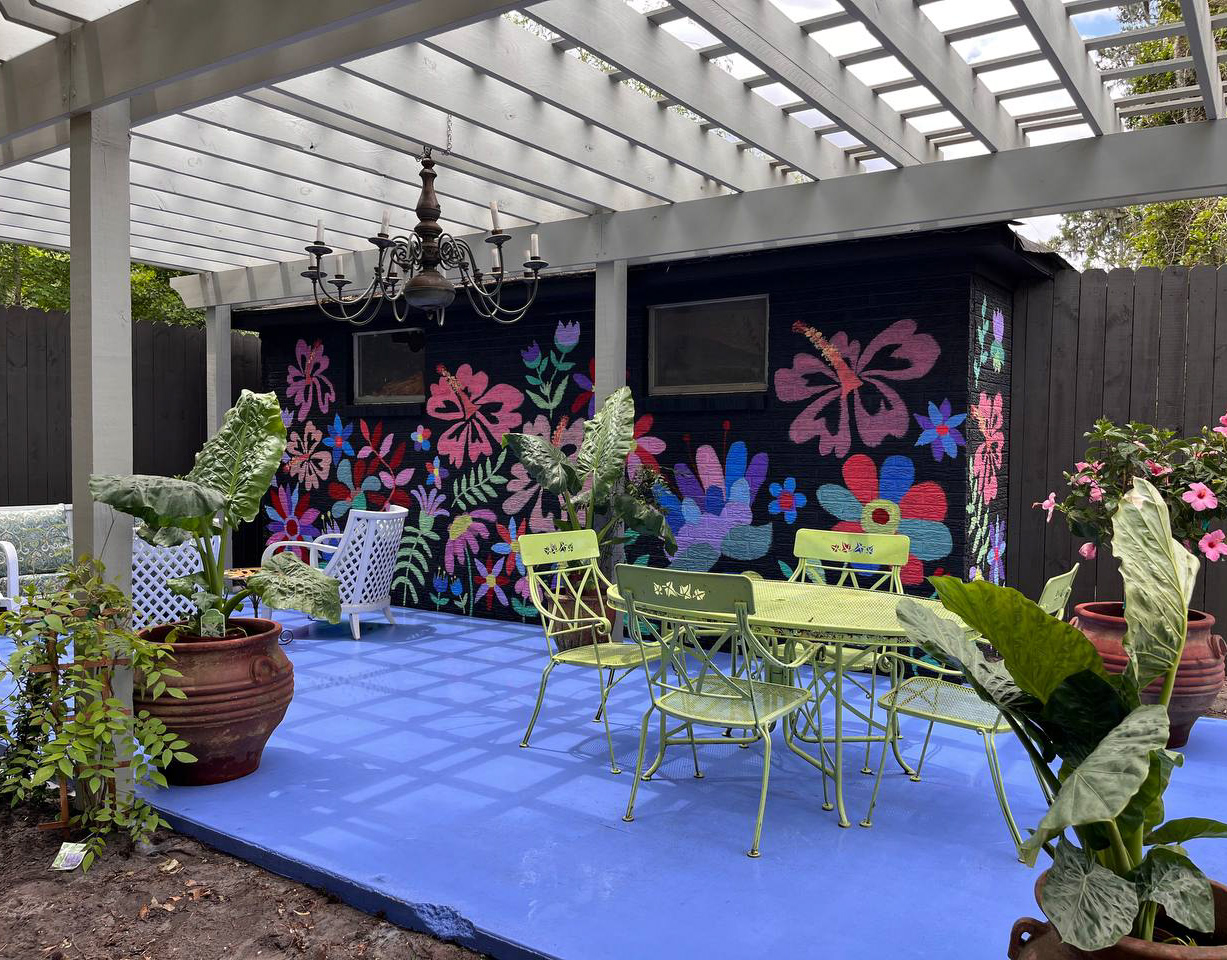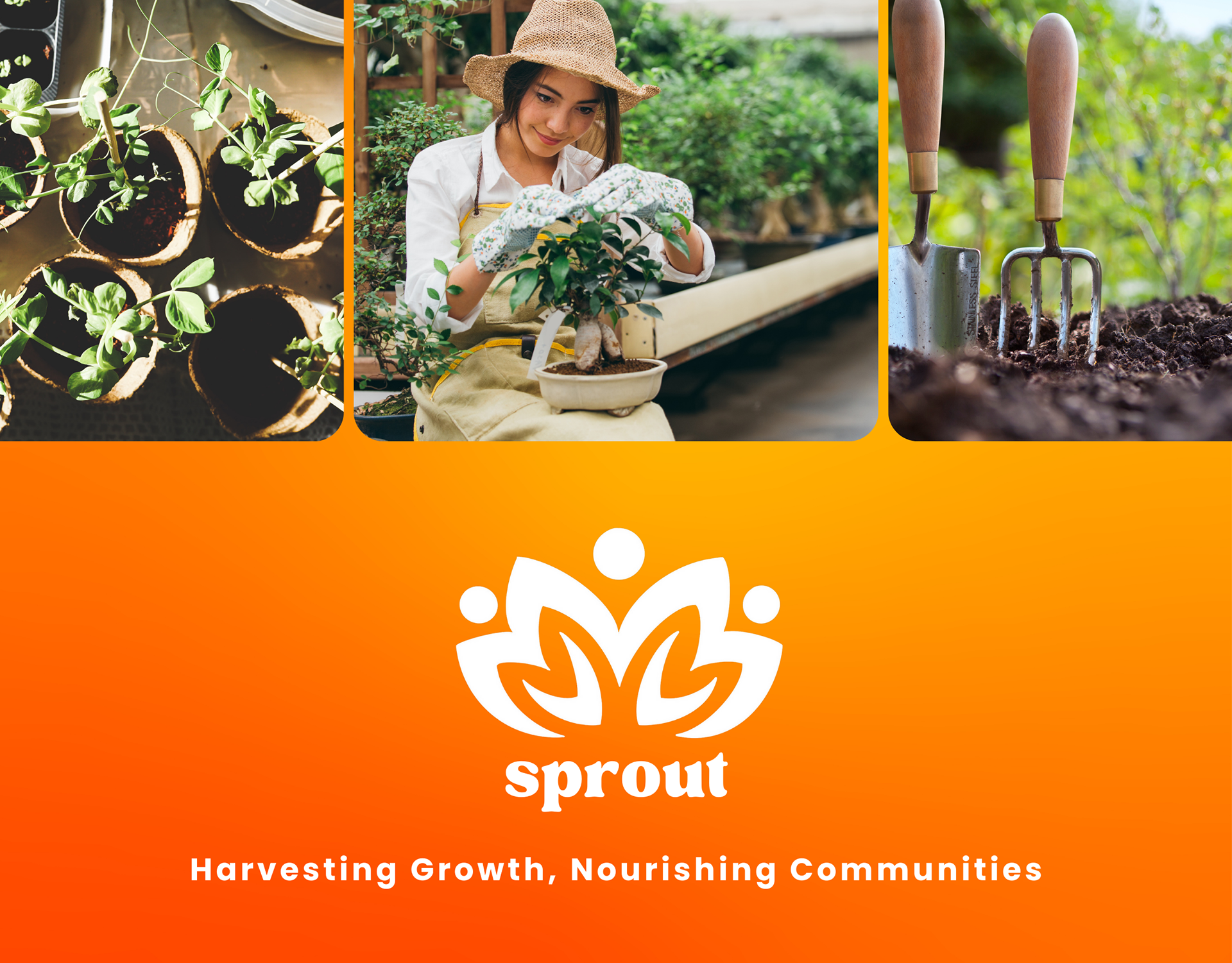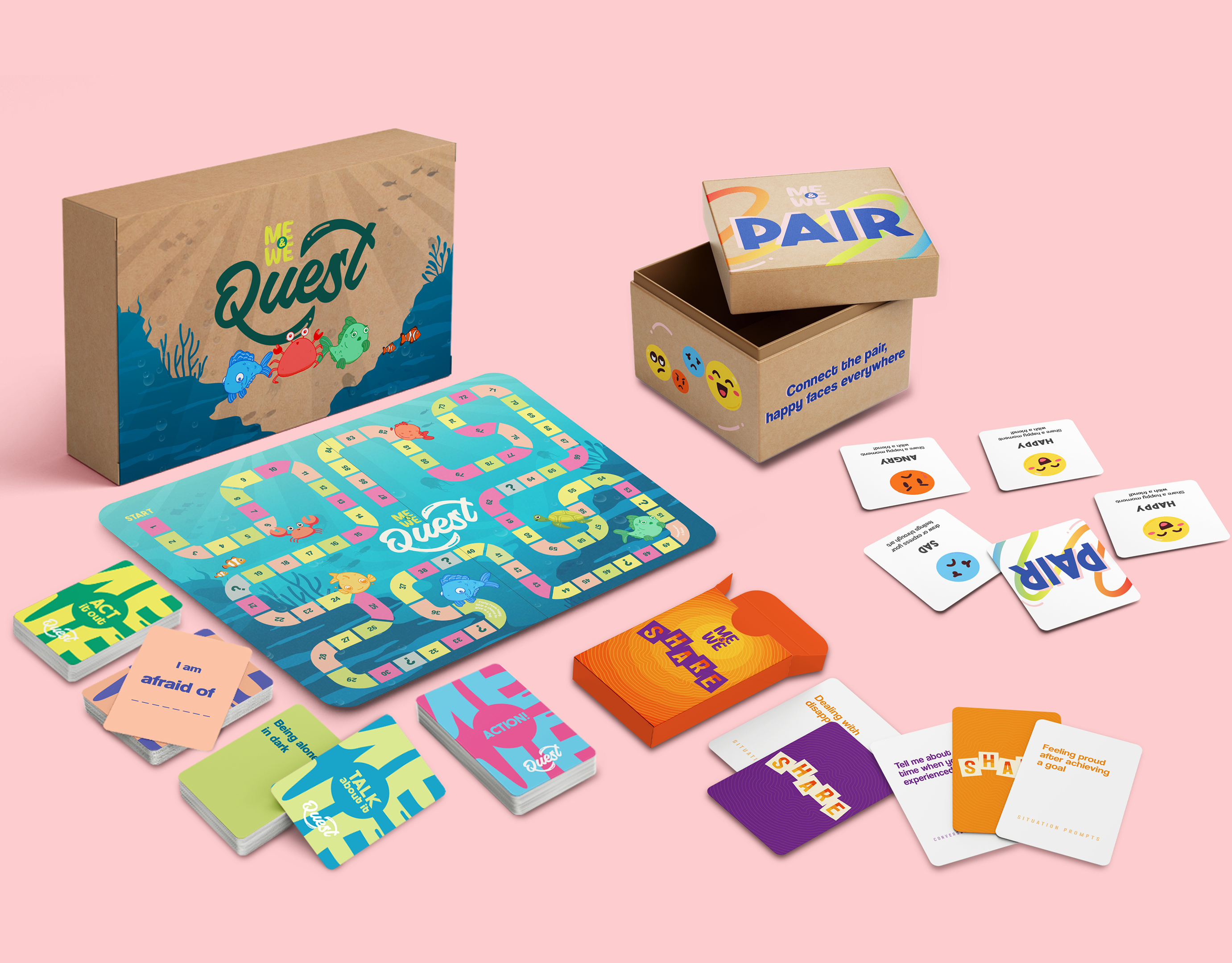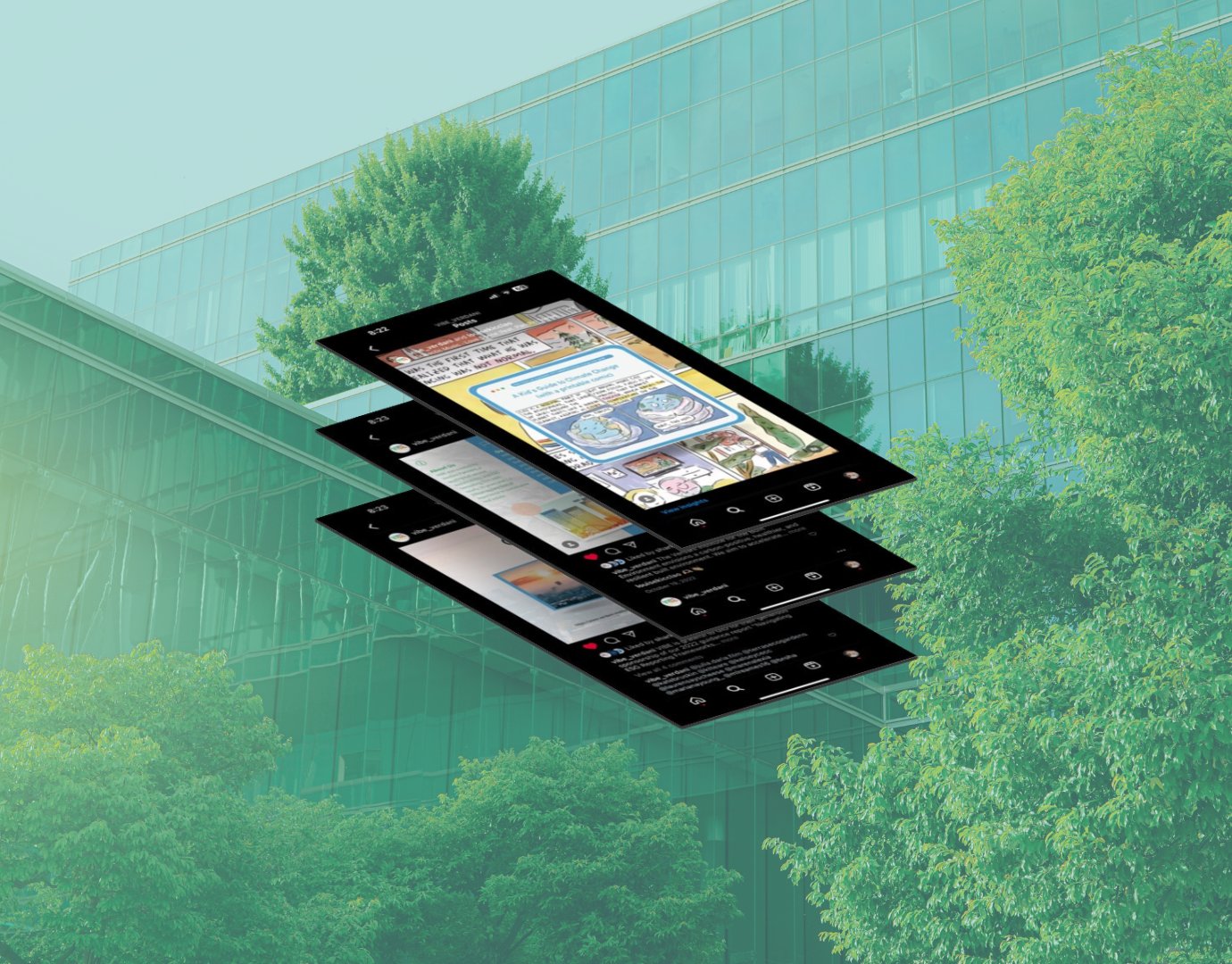Project Overview:
In our exploration of diverse ecosystems, we immersed ourselves in the intricacies of human behavior, meticulously observing cultural rituals and everyday interactions. This immersive study became the foundation for our mission: to understand, interpret, and ultimately shape behaviors toward workable and sustainable practices. Armed with insights gleaned from these observations, we embarked on the journey of designing solutions that seamlessly integrate into the fabric of human life, fostering a harmonious balance between functionality and sustainability. Our approach is rooted in the belief that by aligning design with the nuances of human behavior, we can contribute to a future where both individuals and the environment thrive.
My Role:
In the realm of media, I played a central role in crafting both social media and print media strategies. Leveraging insights from our research, I conceptualized designs that not only resonated with cultural nuances but also fostered workable and sustainable behaviors. In the digital sphere, my focus on social media involved creating engaging and purposeful content that aligned with our objectives.
Design Process:
Phase 1- Identifying the Behavior
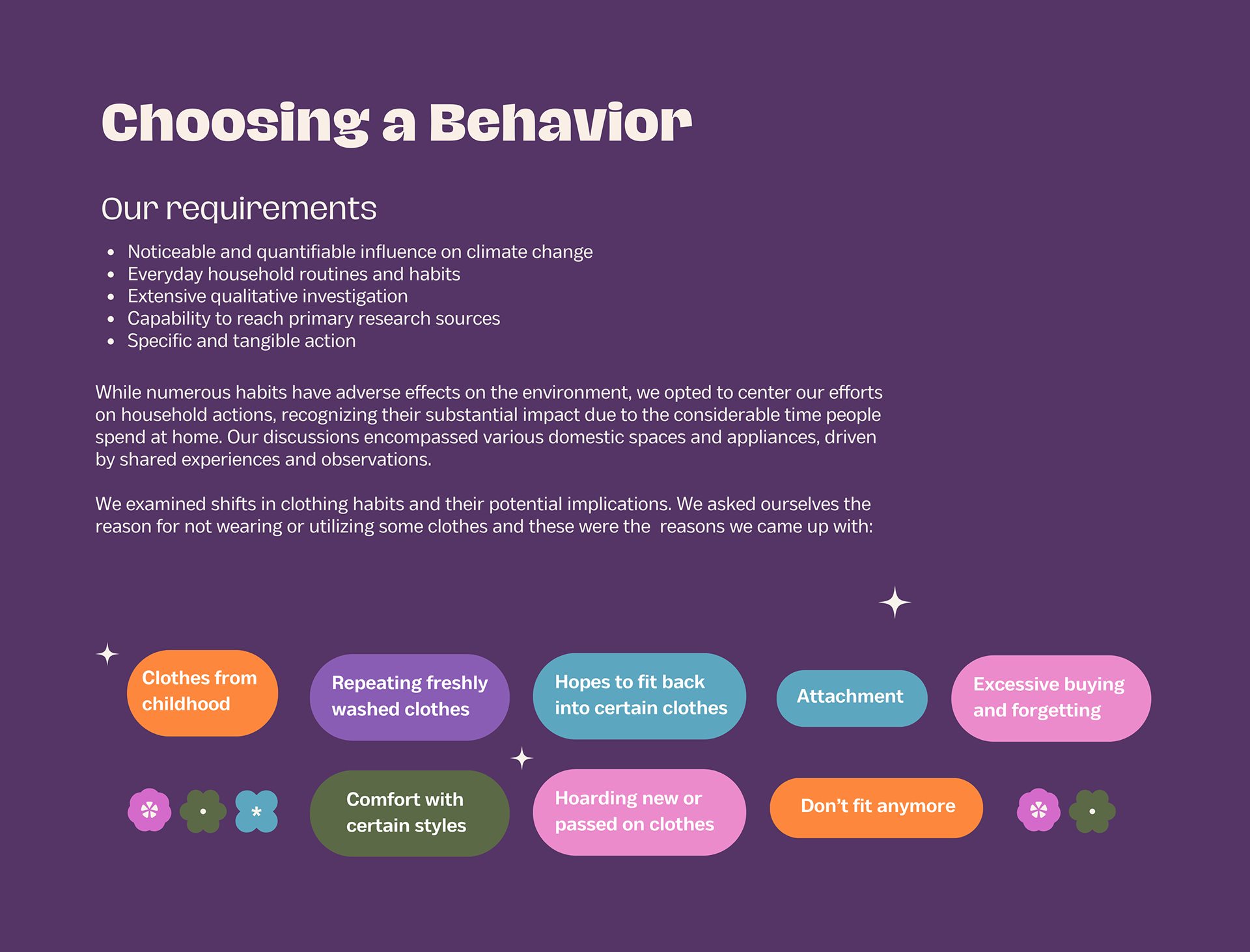
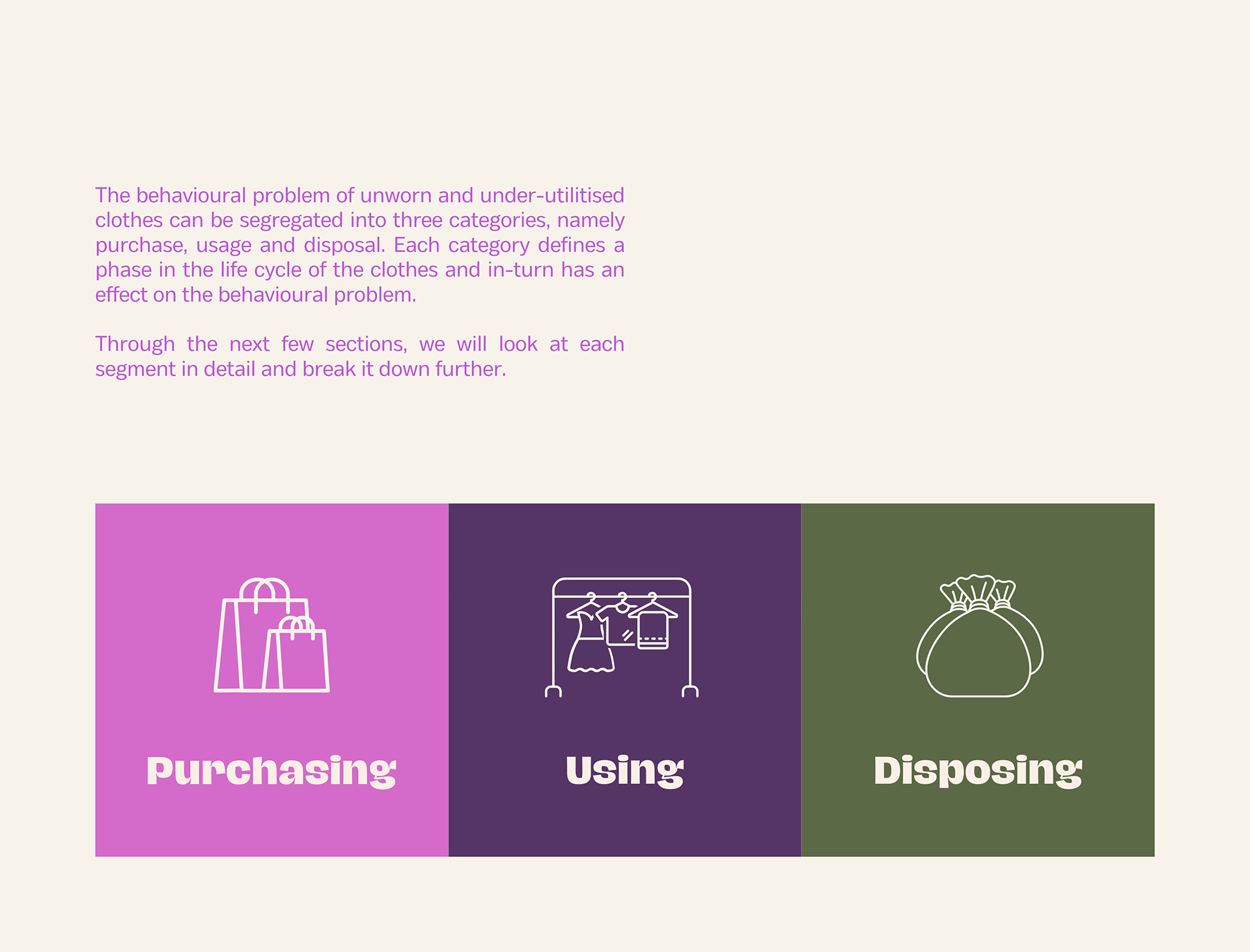
In our comprehensive examination of the life cycle of clothing—from purchase and use to disposal—we meticulously analyzed the motivations, triggers, trends, patterns, and climate-related issues associated with each distinct behavior. By scrutinizing the complex web of factors influencing consumer choices, we gained valuable insights into the dynamics of the fashion ecosystem
Phase 2- Primary Research
In our primary research initiative, we employed a multi-faceted approach to gain a comprehensive understanding of people's relationships with their clothing. One innovative method involved requesting participants to maintain a photo diary of their closets, capturing both their favorite pieces and those seldom worn. This unique perspective allowed us to visually explore the motivations driving the use of certain items and identify barriers preventing the utilization of others. By analyzing these insights, we aimed to unravel the intricate dynamics of wardrobe choices and the underlying factors shaping them.
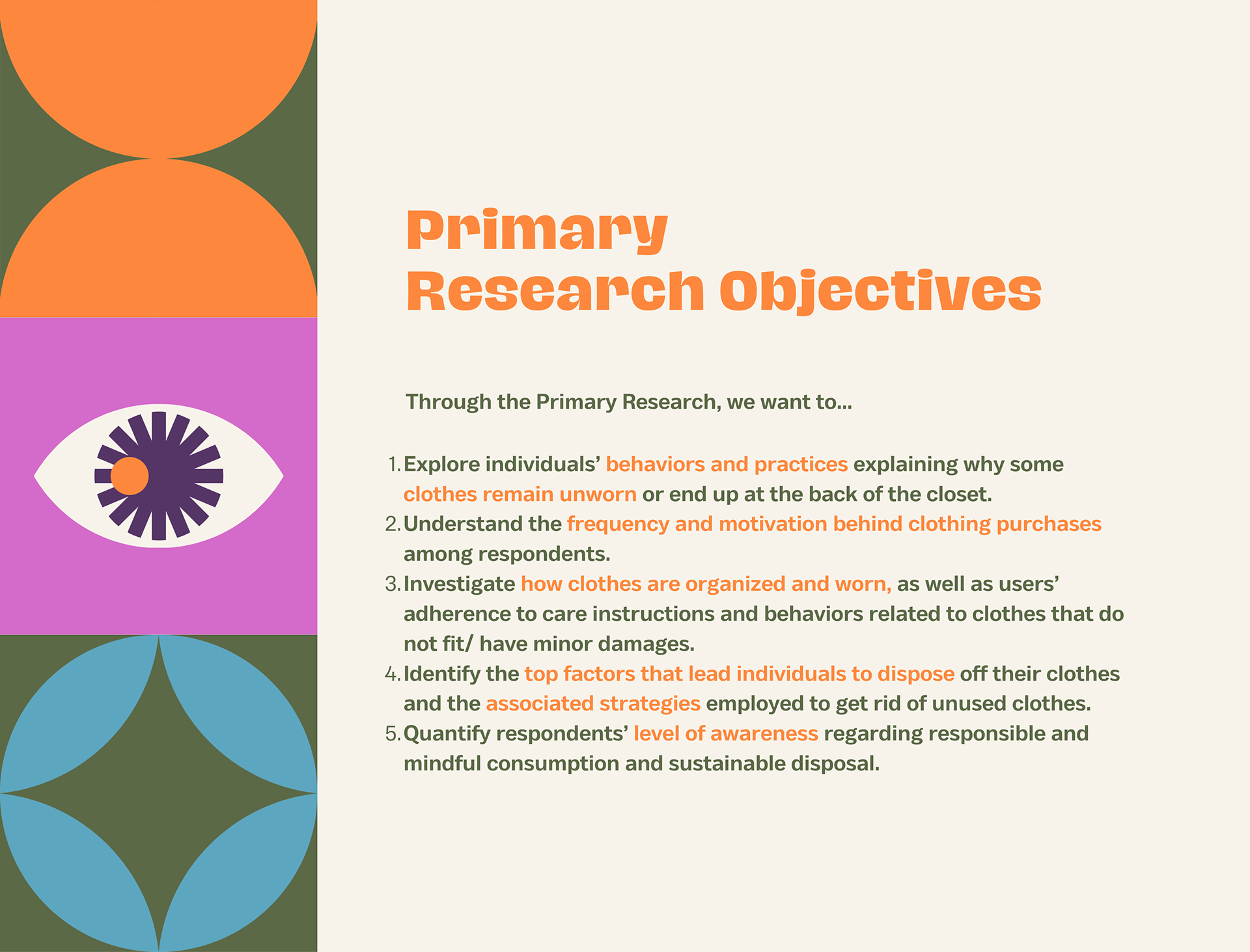
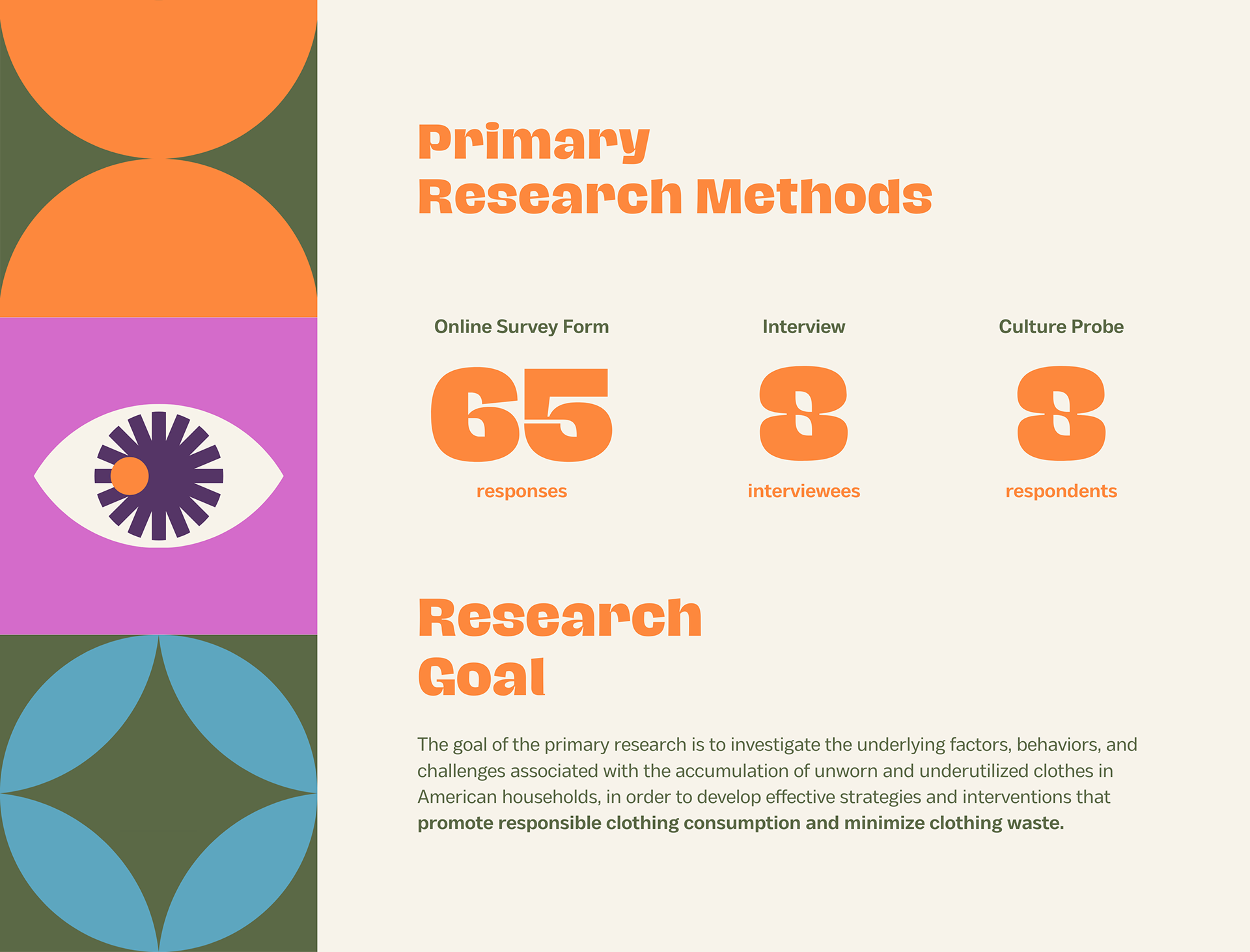


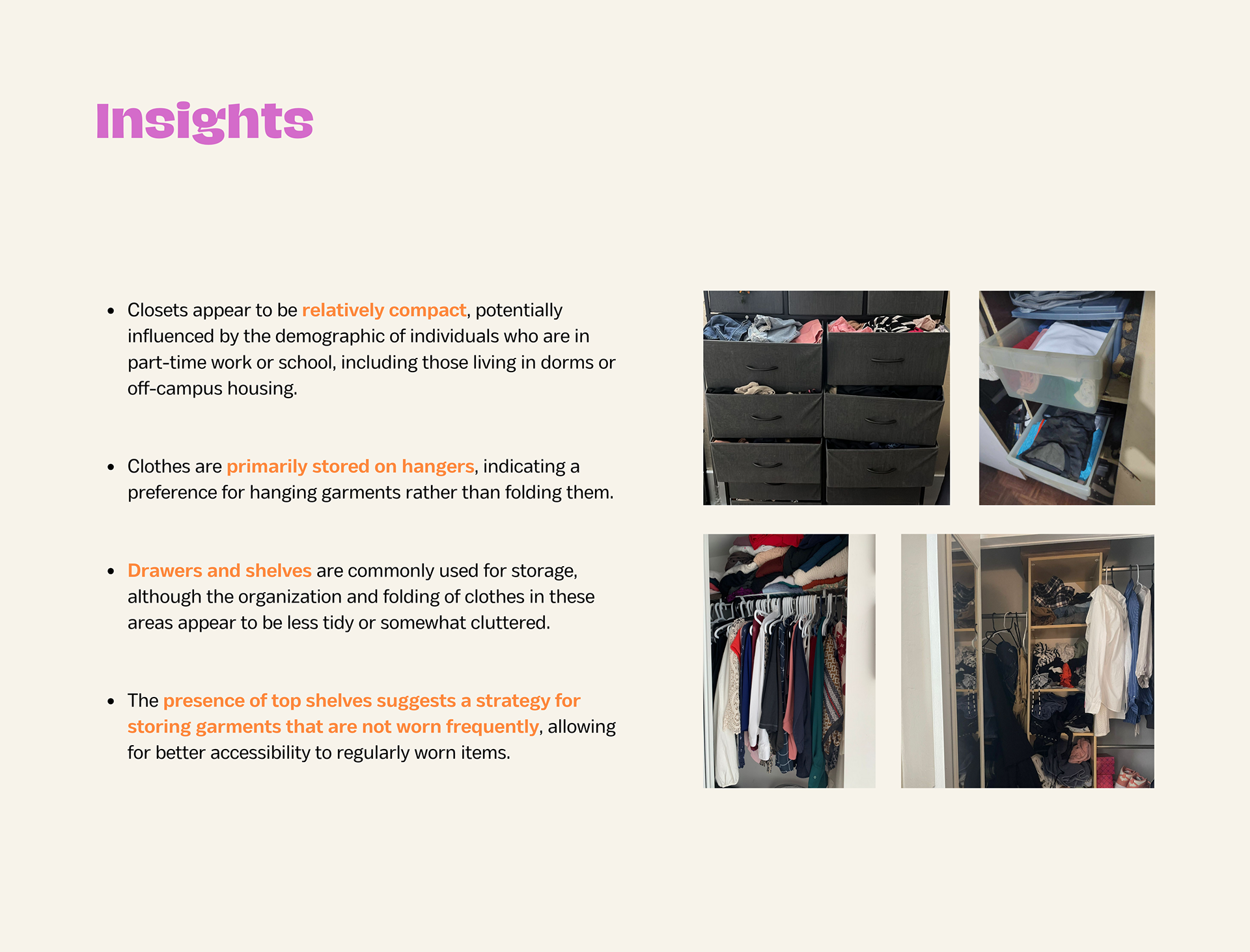
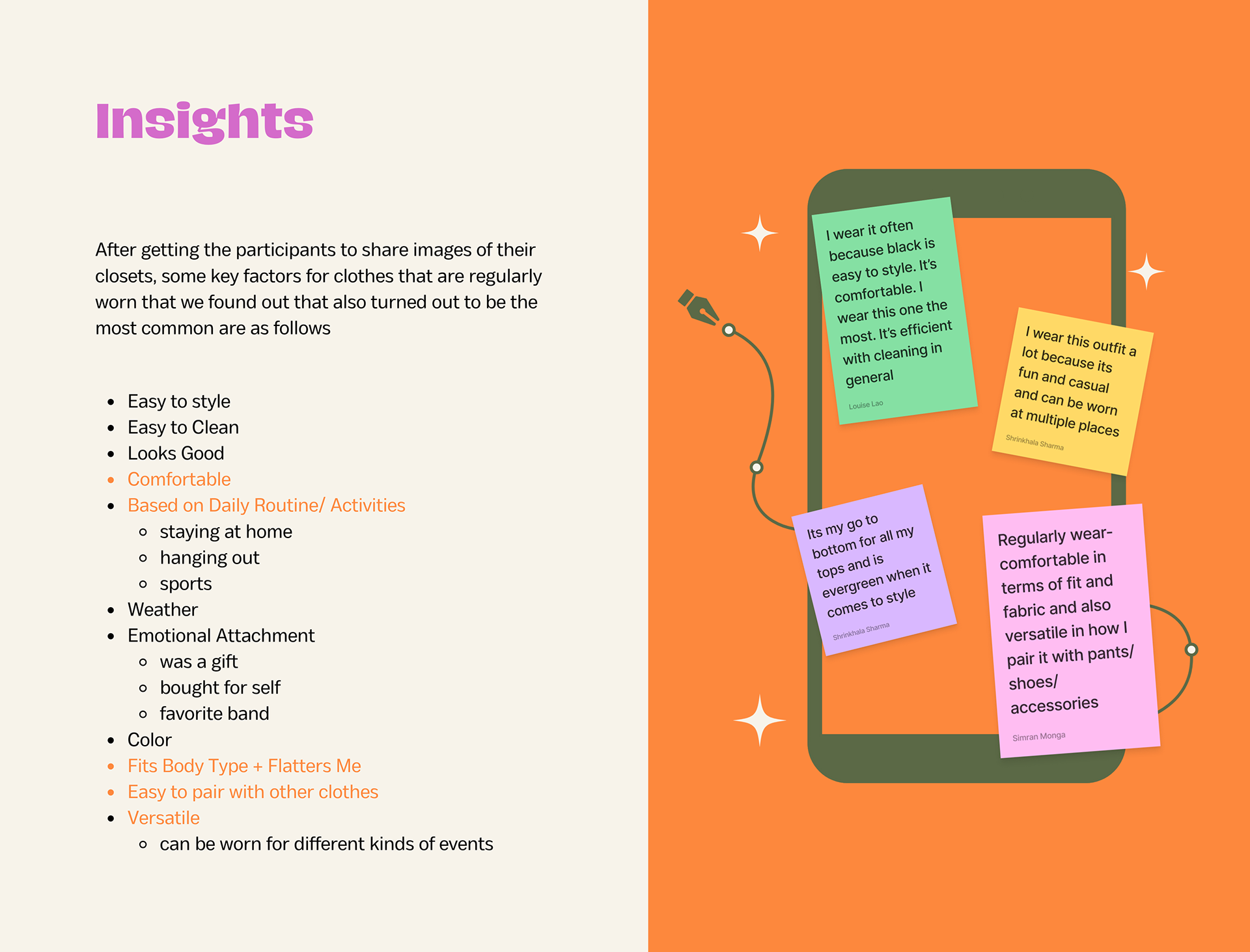
Phase 3- Design Intervention
Building upon the wealth of insights gathered from our primary research, we employed strategic frameworks to distill key findings and guide our intervention approach. One crucial step in this process involved creating a behavioral map, a visual representation that highlighted key insights, barriers, and ideal behaviors associated with clothing usage. This mapping exercise allowed us to identify patterns and interconnections within the data, serving as a foundation for strategic decision-making.

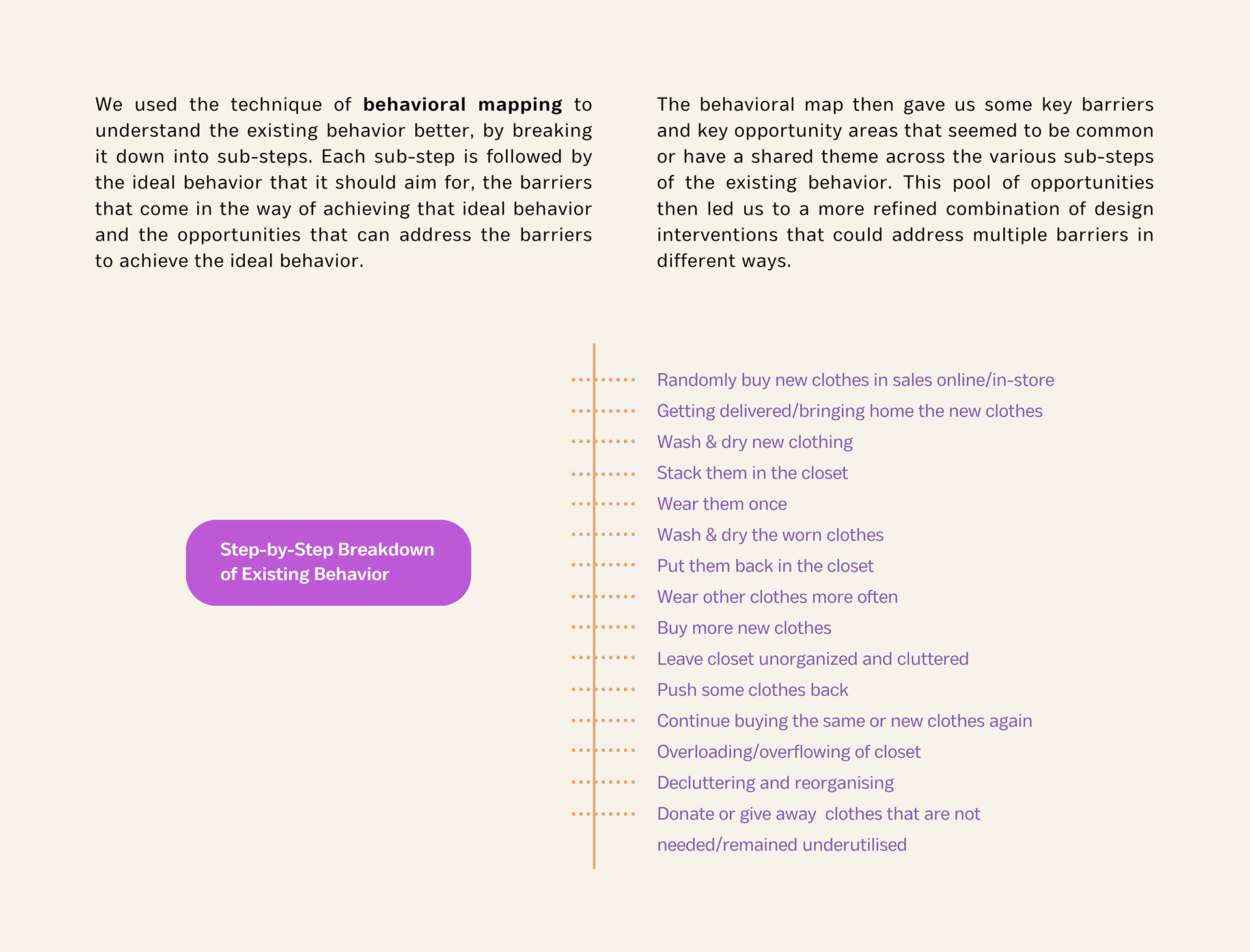
Recognizing the diverse landscape of behaviors uncovered through our research, we crafted a targeted and inclusive design intervention by breaking it down into four distinct components. Each part of the intervention was meticulously tailored to address specific opportunities identified within different audience segments. This modular approach ensured that our strategies were not only individually effective but also synergistically impactful when applied collectively.
To ensure the effectiveness and user-friendliness of our design interventions, we conducted rigorous user testing. This phase of the project allowed us to gather direct feedback from individuals representing our target audiences. Through a series of structured tests and observations, we sought to refine and optimize the interventions based on real user experiences and preferences.
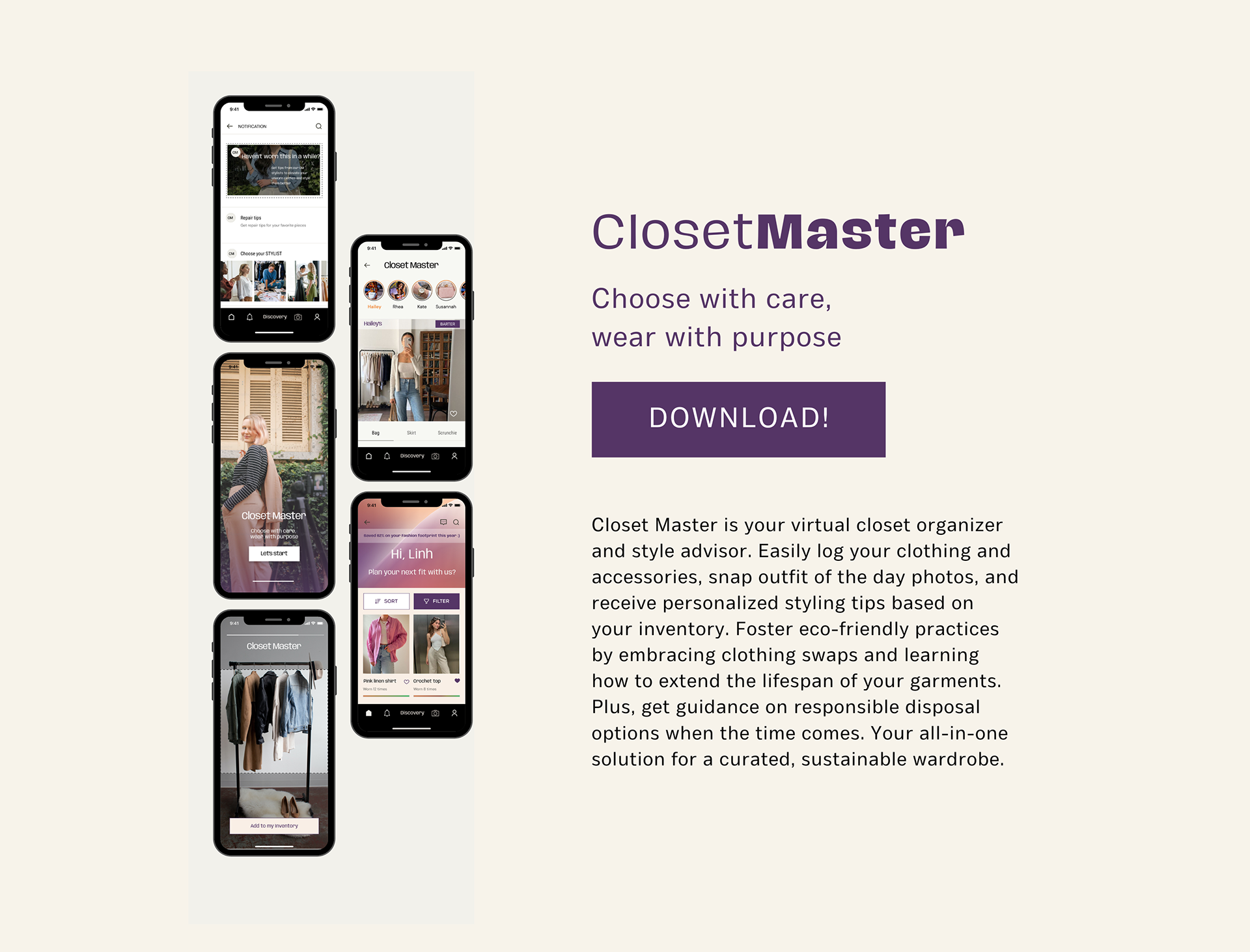
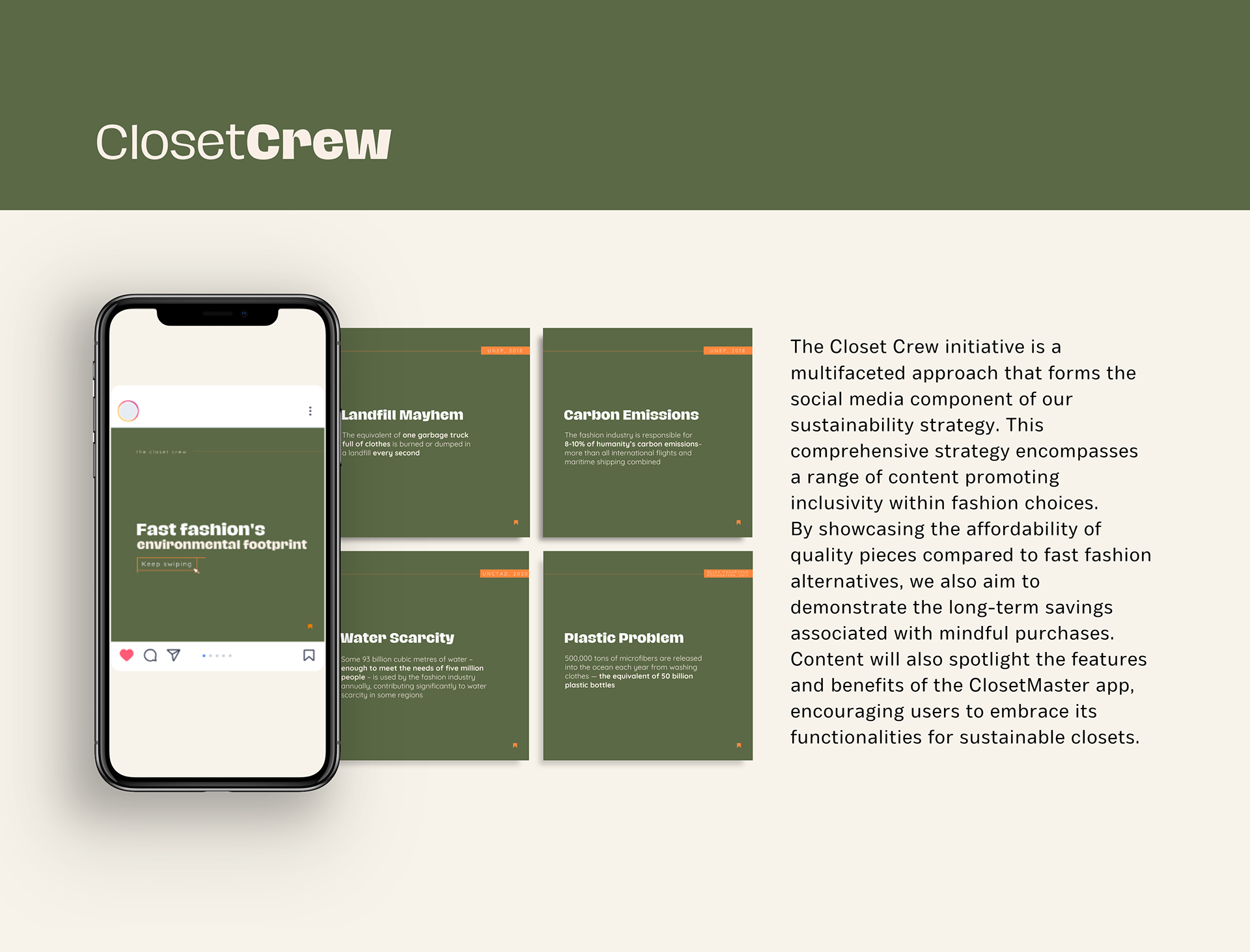
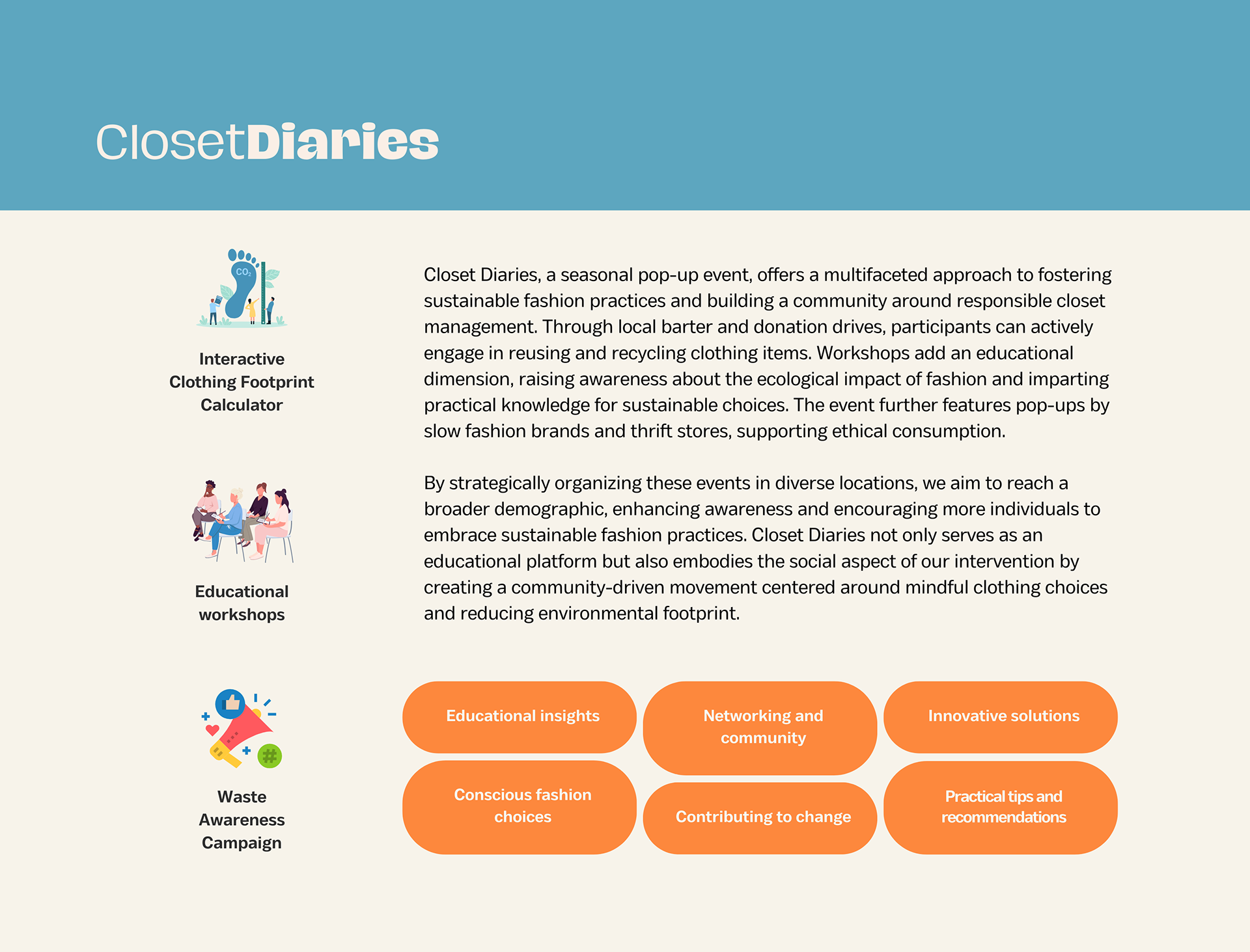
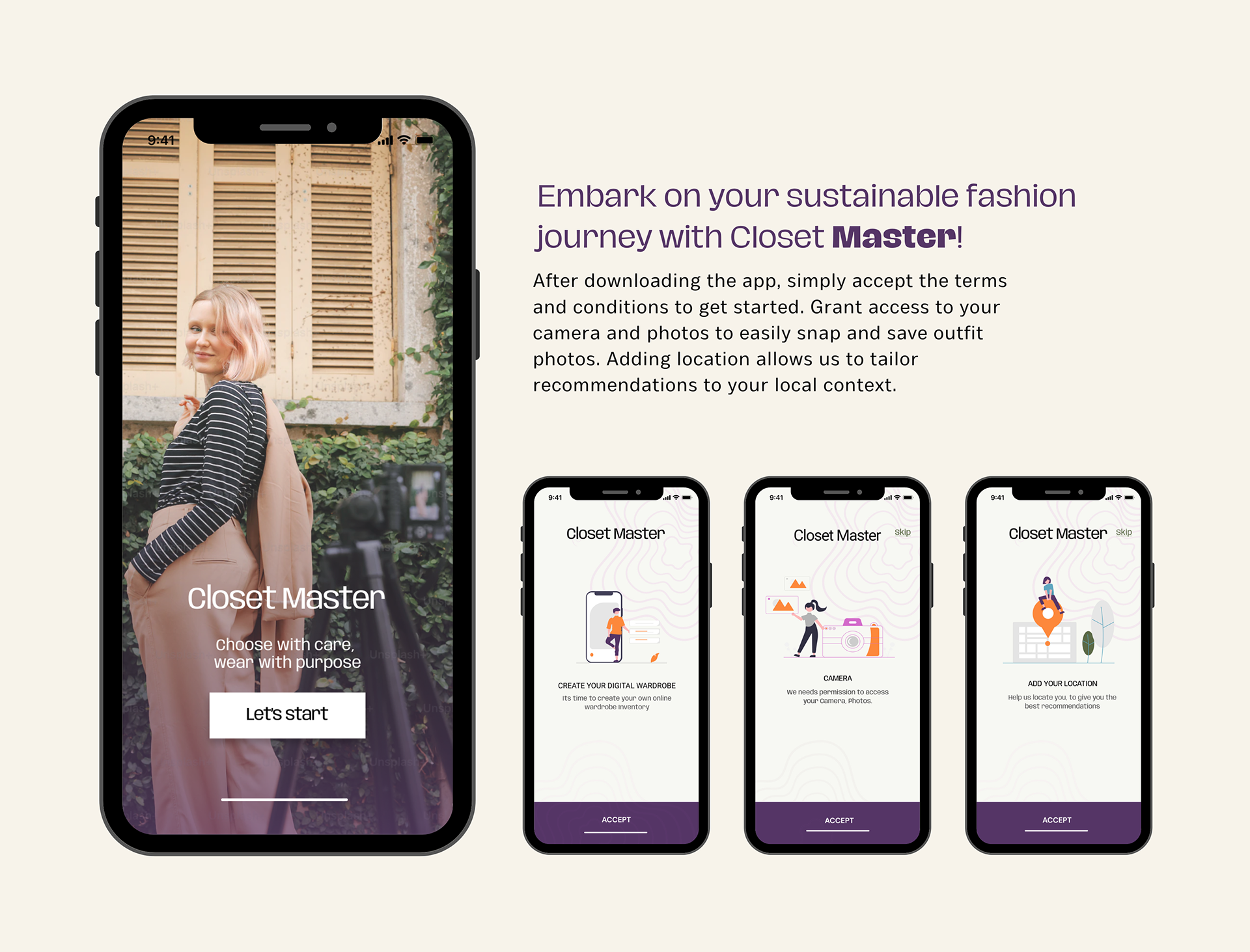
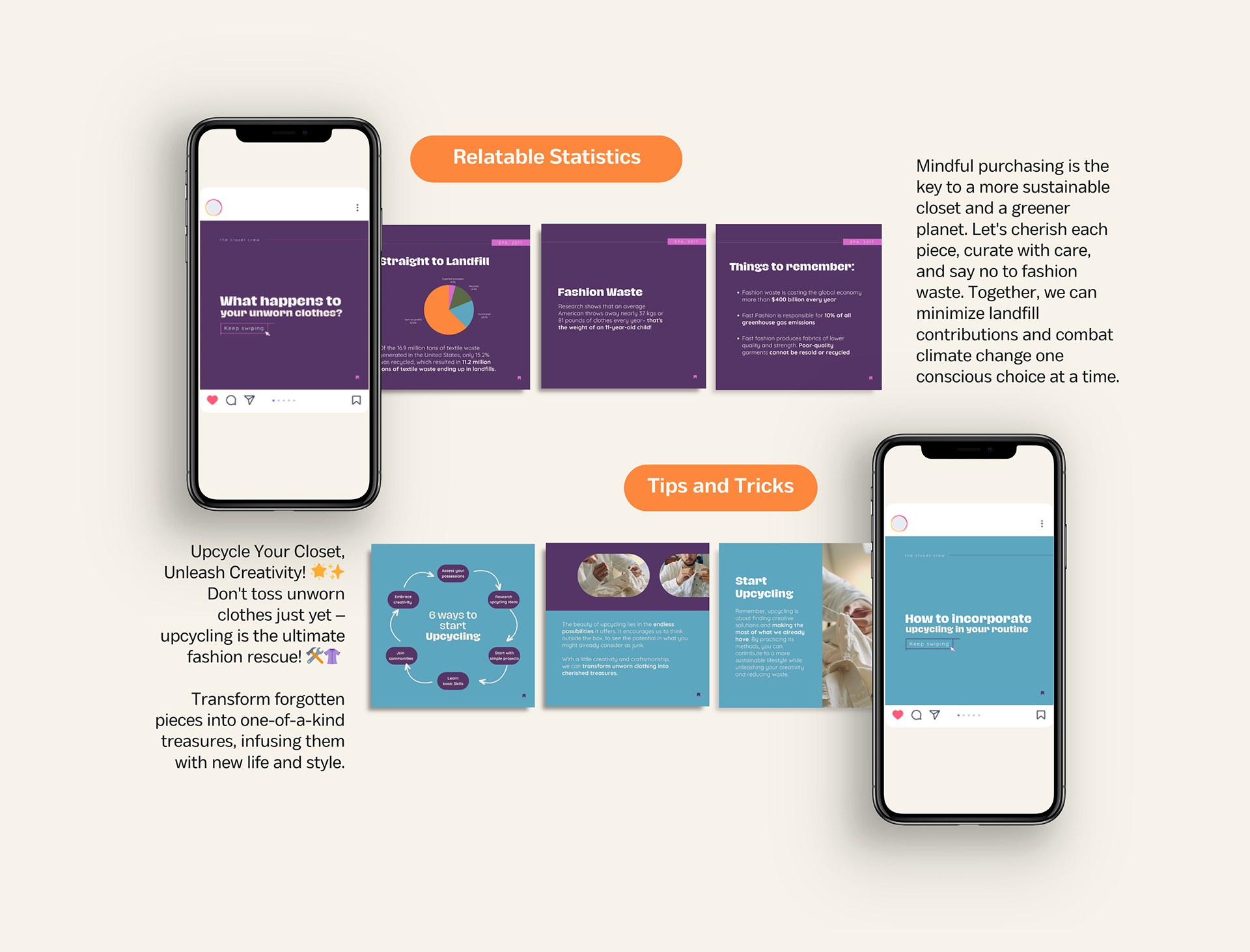
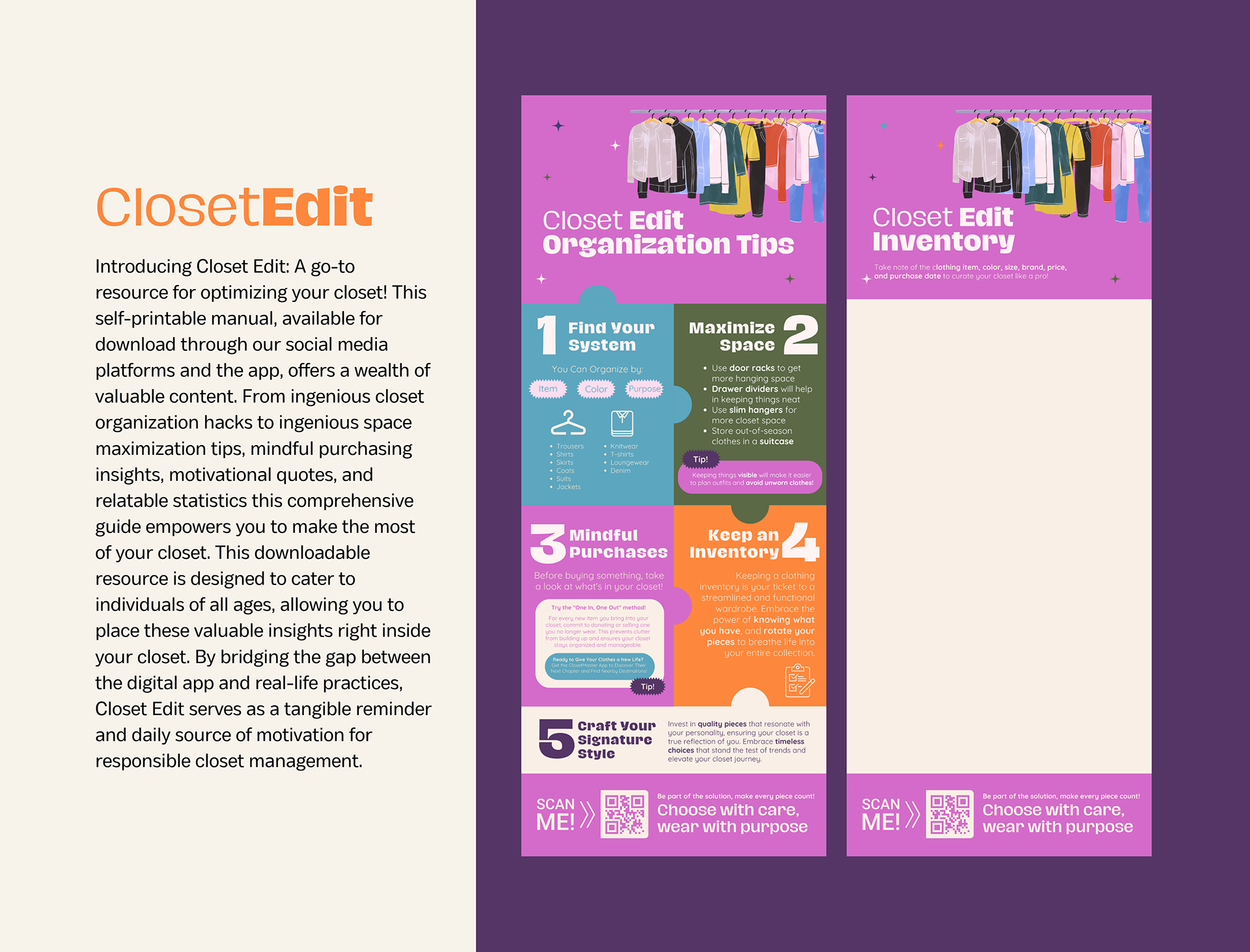
To further refine our intervention strategy, we leveraged the Theory of Change framework. This systematic approach helped us articulate the causal pathways between our proposed interventions and the desired outcomes. By delineating the logic behind our actions, we ensured a clear understanding of how each intervention would contribute to the broader goal of promoting sustainable and meaningful clothing practices.
Additionally, we applied the Three Horizons model to envision the future landscape of clothing behaviors. This model enabled us to categorize interventions into short-term, mid-term, and long-term horizons. By considering immediate, evolving, and transformative changes, we developed a nuanced and forward-thinking strategy that accounted for the dynamic nature of human behavior and societal trends.
Looking Forward:
As we look forward, our journey continues with optimism and purpose. Armed with a refined understanding of human behavior and thoughtfully crafted design interventions, we anticipate making meaningful strides toward more sustainable and mindful clothing practices. The lessons learned from user testing and iterative refinement propel us into a future where our interventions evolve in step with the dynamic needs and aspirations of diverse audiences. With a commitment to positive change and a resilient spirit of innovation, we eagerly anticipate the transformative impact our collective efforts will have on shaping a more conscious and sustainable approach to clothing consumption in the times ahead.
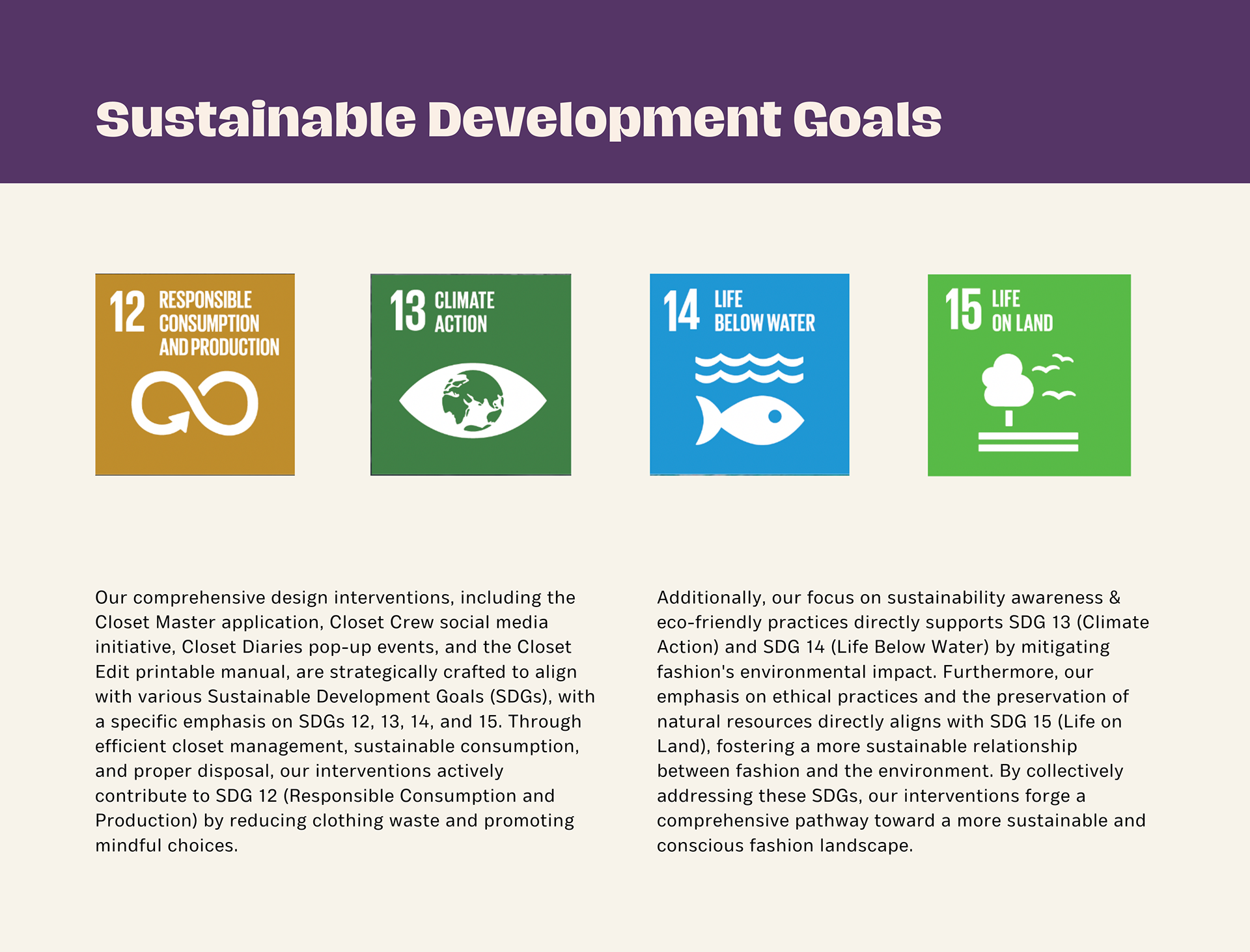
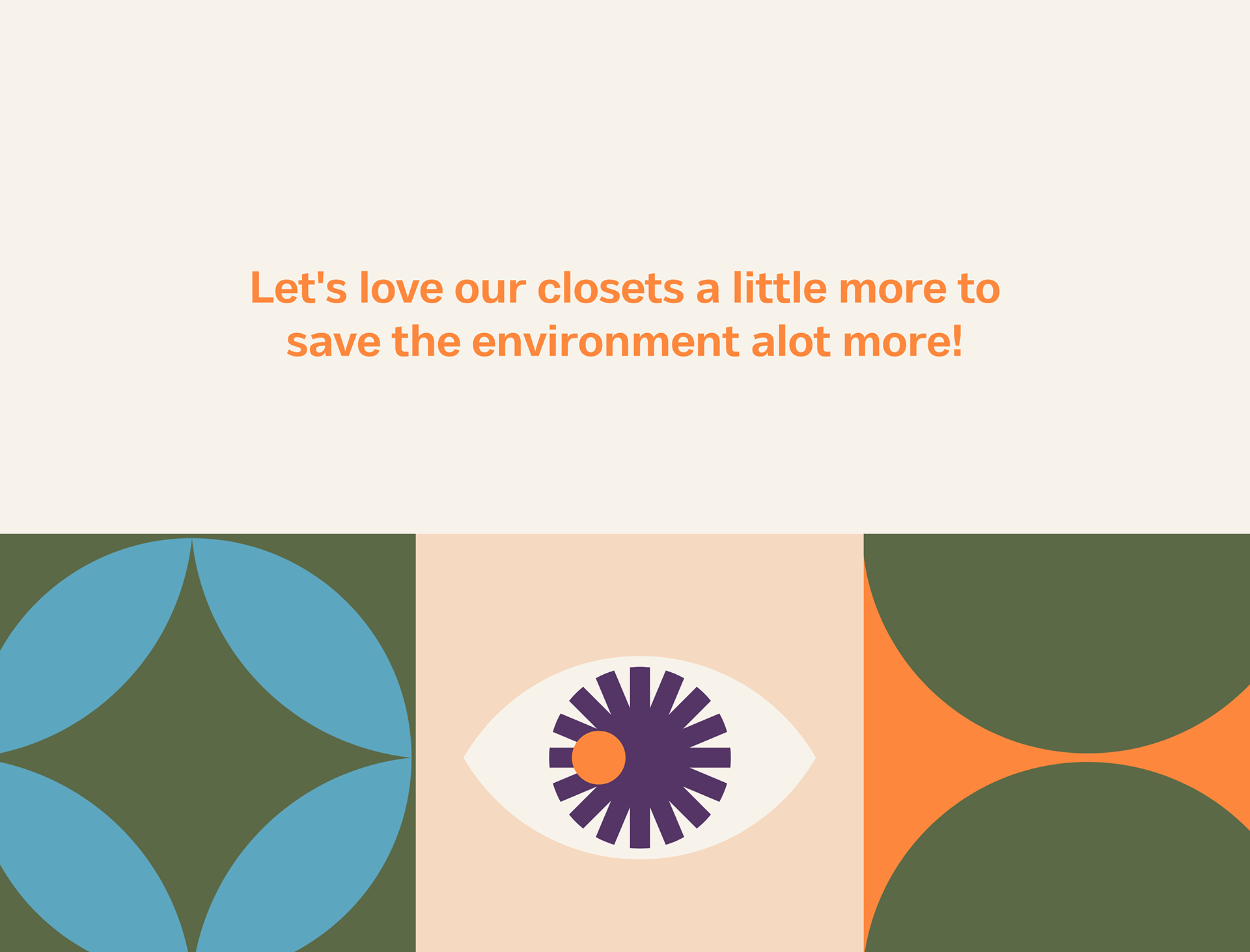
SCAD | Summer 2023 | Mentored by: Professor Satyakam Sharma| Sustainable Living Laboratory

